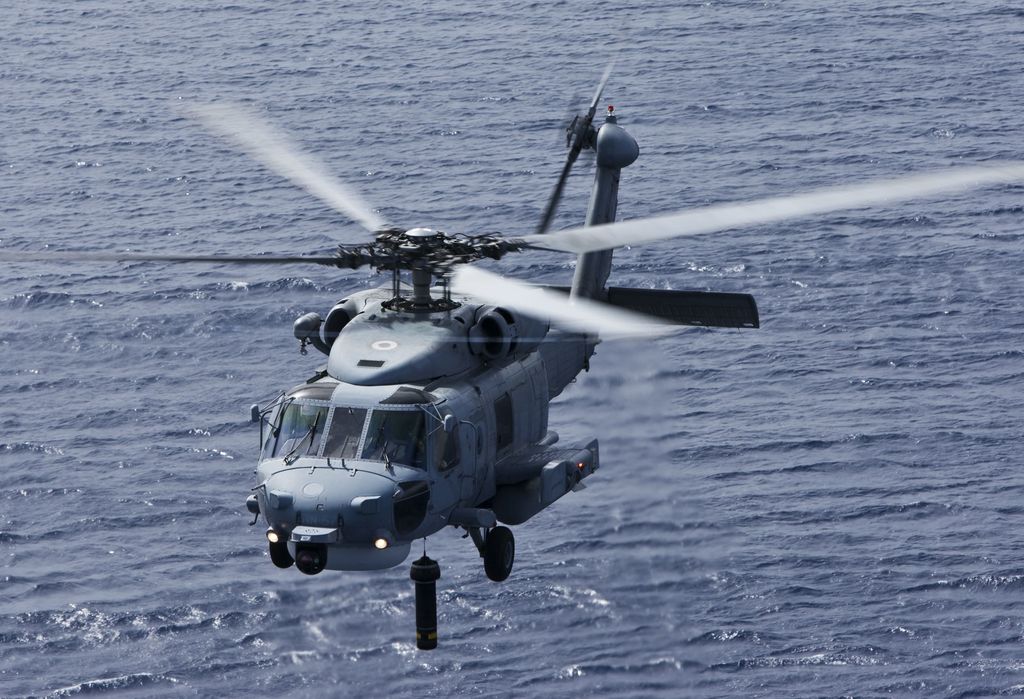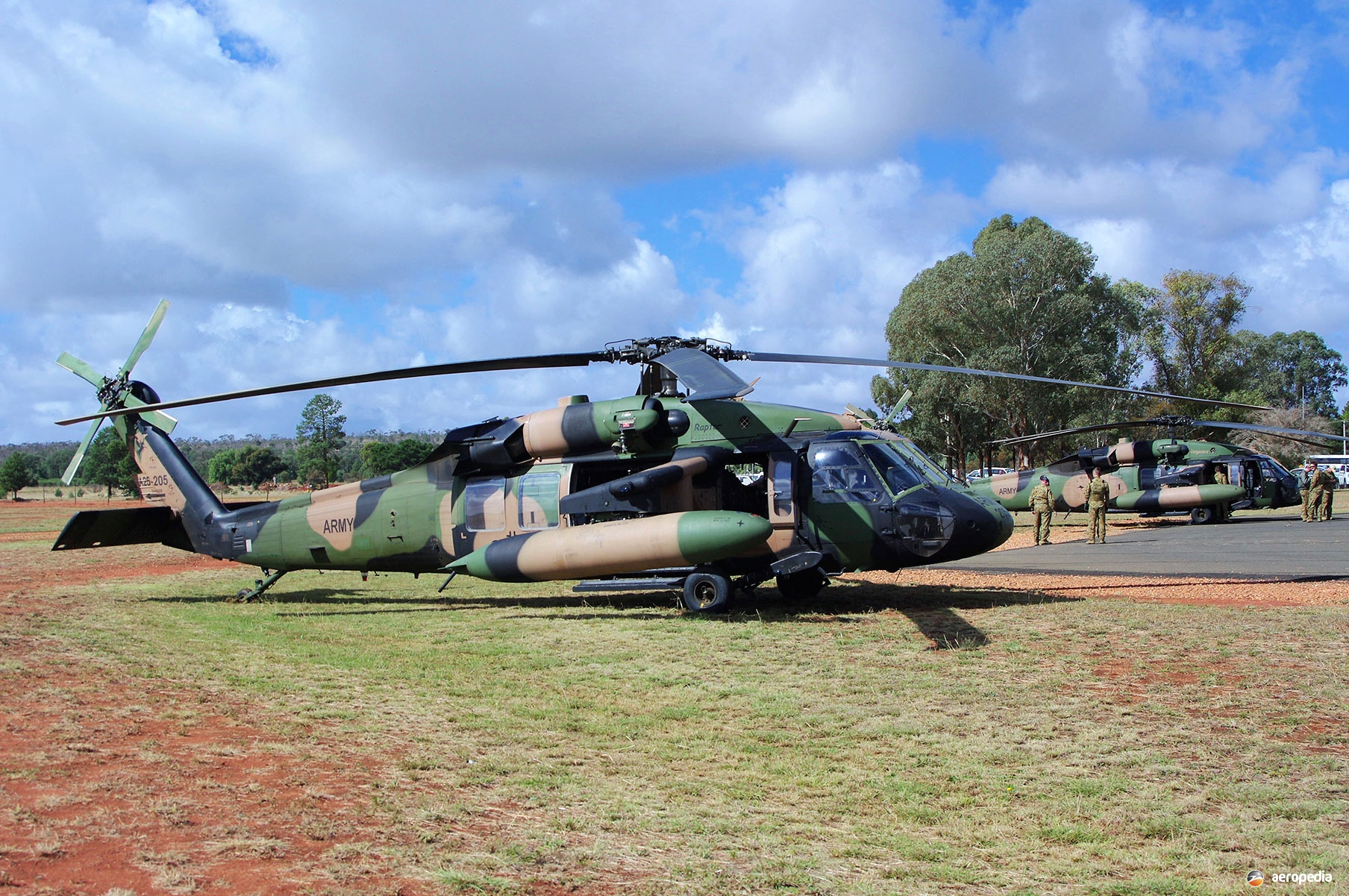Rotary-Wing Aircraft Offering Superior Resilience and Accuracy Design
In the world of aeronautics, rotary-wing airplane have actually long been acknowledged for their distinct capacities in various operational environments. As we explore the detailed balance in between technology and reliability in rotary-wing aircraft, it ends up being obvious that the convergence of advanced modern technology and tried and tested layout concepts has set a brand-new standard for performance and performance in the aerospace industry.
Evolution of Rotary-Wing Technology
Throughout the background of air travel, the advancement of rotary-wing modern technology has been a testimony to consistent advancement and development in aerial design. From the very early days of vertical trip with fundamental styles to the innovative helicopters and other rotary-wing airplane these days, the development in this field has actually been amazing.
In the early 1900s, leaders like Igor Sikorsky and Juan de la Cierva made substantial strides in rotary-wing technology. Sikorsky's VS-300 helicopter, very first flown in 1939, noted a turning point in the development of practical rotary-wing aircraft. This success led the way for additional innovations in upright trip capacities.

Today, rotary-wing aircraft play important roles in various fields, including armed forces procedures, emergency clinical solutions, legislation enforcement, and industrial transportation. The evolution of rotary-wing innovation remains to push the boundaries of what is possible in upright flight, making certain that these aircraft continue to be crucial assets in the aviation industry.
Products and Construction Innovations
Showing a combination of advanced materials and accurate construction strategies, rotary-wing airplane have actually undergone substantial advancements in longevity and performance. One of the crucial technologies in materials used for rotary-wing airplane is the boosting utilization of composite materials.
Moreover, the combination of sophisticated coverings and surface area treatments has played a critical function in enhancing the toughness of rotary-wing airplane. These coverings give security versus corrosion, abrasion, and severe climate condition, extending the life-span of the airplane and minimizing upkeep needs.
In regards to building advancements, additive manufacturing, also referred to as 3D printing, has reinvented the manufacturing of facility components for rotary-wing aircraft. This modern technology enables rapid prototyping and customization, resulting in much faster growth cycles and lowered expenses. On the whole, the continual development of products and building techniques is driving the abilities and efficiency of rotary-wing airplane to brand-new elevations.
Accuracy Flight Control Solution

The combination of GPS innovation better improves the accuracy and integrity of these systems, permitting precise navigating, waypoint monitoring, and automated trip control. sikorsky s 70. This level of accuracy not just enhances the safety and security of rotary-wing procedures but additionally enhances general operational performance and goal efficiency
Moreover, the continuous developments in expert system and device learning have actually facilitated the advancement of self-governing flight capabilities within Accuracy Trip Control Equipment. This enables rotary-wing airplane to execute complex goals with unrivaled precision and consistency, making them vital assets in a wide variety of applications, including armed forces operations, search and rescue objectives, and aerial digital photography.
Durability in Challenging Environments
Popular functional setups, rotary-wing aircraft demonstrate exceptional strength and toughness, guaranteeing optimum performance under difficult ecological problems. These airplanes are designed to stand up to a vast array of ecological elements, including severe temperature levels, high winds, and rough terrain, making them well-suited for different objectives in diverse landscapes.
One essential aspect adding to the durability of rotary-wing airplane is their rugged construction. These aircraft are developed utilizing high-quality materials and progressed design strategies to improve their structural stability and reliability. In addition, parts such try this as rotor blades, engine systems, and touchdown gear are carefully designed to stand up to the pressures and anxieties come across during procedures in tough atmospheres.
Additionally, rotary-wing aircraft are geared up with advanced onboard systems that try this check efficiency metrics in real-time, enabling proactive upkeep and very early detection of possible issues - sikorsky s 70. This positive approach assists avoid unforeseen failings and guarantees the ongoing airworthiness of the airplane popular operational settings. Generally, the resilience of rotary-wing airplane in challenging environments is a testament to their superior engineering and design, making them crucial properties for different mission-critical operations
Maintenance and Reliability Requirements
The adherence to strict maintenance and integrity requirements is critical in guaranteeing the optimal performance and security of rotary-wing airplane. Routine upkeep checks, conducted by licensed professionals, are necessary to identify and attend to any potential issues before they endanger the aircraft's functionality. These checks incorporate a detailed examination of all critical parts, including the engine, blades system, avionics, and hydraulic systems, to assure that they remain in prime functioning condition.
Furthermore, adherence to arranged maintenance periods in conformity with manufacturer guidelines is vital for supporting the aircraft's integrity. This proactive strategy aids prevent unanticipated break downs and makes certain that the airplane continues to be airworthy for its designated goals. Furthermore, the application of durable reliability standards, such as routine part screening and substitute based upon fixed lifecycles, additionally improves the aircraft's stability.
Verdict

Finally, the developments in rotary-wing airplane innovation have brought about superior sturdiness and accuracy engineering. With innovative products and construction methods, together with precision flight control systems, these airplane can run in difficult environments with raised integrity. The maintenance and integrity standards make sure that these rotary-wing airplane proceed to carry out at their ideal, making them crucial assets for different sectors.
Demonstrating a combination of sophisticated products and exact building strategies, rotary-wing aircraft have news undergone considerable innovations in toughness and efficiency. One of the key advancements in materials used for rotary-wing airplane is the boosting usage of composite materials.With thorough focus to detail and progressed technological combination, rotary-wing aircraft have welcomed Accuracy Flight Control Systems as a foundation of their operational quality. Generally, the resilience of rotary-wing airplane in challenging settings is a testament to their premium engineering and layout, making them important properties for numerous mission-critical operations.
In final thought, the developments in rotary-wing aircraft innovation have actually led to premium longevity and precision engineering.